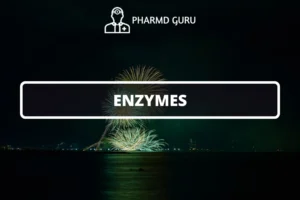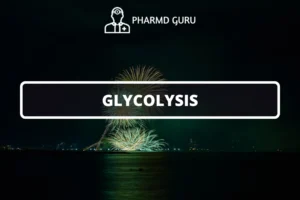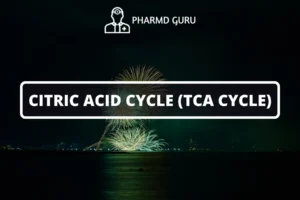The metabolism of purine nucleotides is a complex process that involves the synthesis, degradation, and recycling of purine molecules, which are essential components of DNA, RNA, and ATP. Purine nucleotides play vital roles in various cellular processes, including energy metabolism, gene expression, and signal transduction. In this article, we will explore the pathways involved in purine nucleotide metabolism, their functions, and the importance of maintaining their balance within the body.
SCROLL DOWN TO THE BOTTOM OF THE PAGE FOR ACTUAL NOTES
Table of Contents
- Introduction to Purine Nucleotides
- Synthesis of Purine Nucleotides
- 2.1 De Novo Synthesis
- 2.2 Salvage Pathway
- Degradation of Purine Nucleotides
- Functions of Purine Nucleotides
- Regulation and Balance of Purine Nucleotides
1. Introduction to Purine Nucleotides
Purine nucleotides, including adenosine monophosphate (AMP) and guanosine monophosphate (GMP), are essential components of nucleic acids and serve as the building blocks for DNA and RNA. Additionally, they play critical roles in cellular energy metabolism and serve as coenzymes in various biochemical reactions. The metabolism of purine nucleotides involves intricate pathways that maintain their synthesis, degradation, and recycling within the body.
2. Synthesis of Purine Nucleotides
The synthesis of purine nucleotides can occur through two major pathways: de novo synthesis and the salvage pathway.
2.1 De Novo Synthesis
De novo synthesis is the process by which purine nucleotides are synthesized from simple precursors. It involves a series of enzymatic reactions that ultimately lead to the formation of IMP (inosine monophosphate), which serves as a precursor for both AMP and GMP synthesis. This pathway requires multiple enzymes and cofactors and is tightly regulated to maintain the balance of purine nucleotides in the body.
2.2 Salvage Pathway
The salvage pathway is a recycling mechanism that enables the reuse of purine bases and nucleotides derived from the breakdown of nucleic acids and other cellular components. In this pathway, enzymes called nucleotidases and nucleotide phosphatases break down nucleotides into their respective bases. These bases can then be reconverted into nucleotides through the action of specific enzymes, such as hypoxanthine-guanine phosphoribosyltransferase (HGPRT) and adenine phosphoribosyltransferase (APRT). The salvage pathway allows for the efficient recovery of purine nucleotides and helps conserve energy in the cell.
3. Degradation of Purine Nucleotides
Purine nucleotides can be degraded through a process known as purine catabolism. The first step involves the conversion of AMP and GMP into their respective nucleosides, adenosine, and guanosine, by the action of nucleotidases. These nucleosides are then further broken down into their constituent purine bases, such as hypoxanthine and xanthine, through the action of specific enzymes. Finally, the purine bases are converted into uric acid, a less soluble compound, by the enzyme xanthine oxidase. Uric acid is then excreted from the body through urine.
4. Functions of Purine Nucleotides
Purine nucleotides serve various essential functions in cellular processes:
- DNA and RNA synthesis: Purine nucleotides are key building blocks for the synthesis of DNA and RNA molecules, allowing for the transmission and expression of genetic information.
- Energy metabolism: ATP, a purine nucleotide, acts as the primary energy currency in cells, providing the energy required for various biochemical reactions.
- Signal transduction: Purine nucleotides, such as adenosine, participate in signaling pathways, regulating cellular responses and neurotransmission.
- Coenzyme activity: Purine nucleotides, such as NAD+ and FAD, act as coenzymes in metabolic reactions, facilitating energy production and cellular respiration.
5. Regulation and Balance of Purine Nucleotides
The metabolism of purine nucleotides is tightly regulated to maintain their balance within the body. Imbalances in purine metabolism can lead to various disorders, such as gout, Lesch-Nyhan syndrome, or immunodeficiencies. Enzymes involved in the synthesis, salvage, and degradation pathways are regulated through feedback mechanisms and allosteric regulation to ensure appropriate purine nucleotide levels. Additionally, the availability of precursors, cofactors, and energy sources also influences purine nucleotide synthesis and degradation.
ACTUAL NOTES




